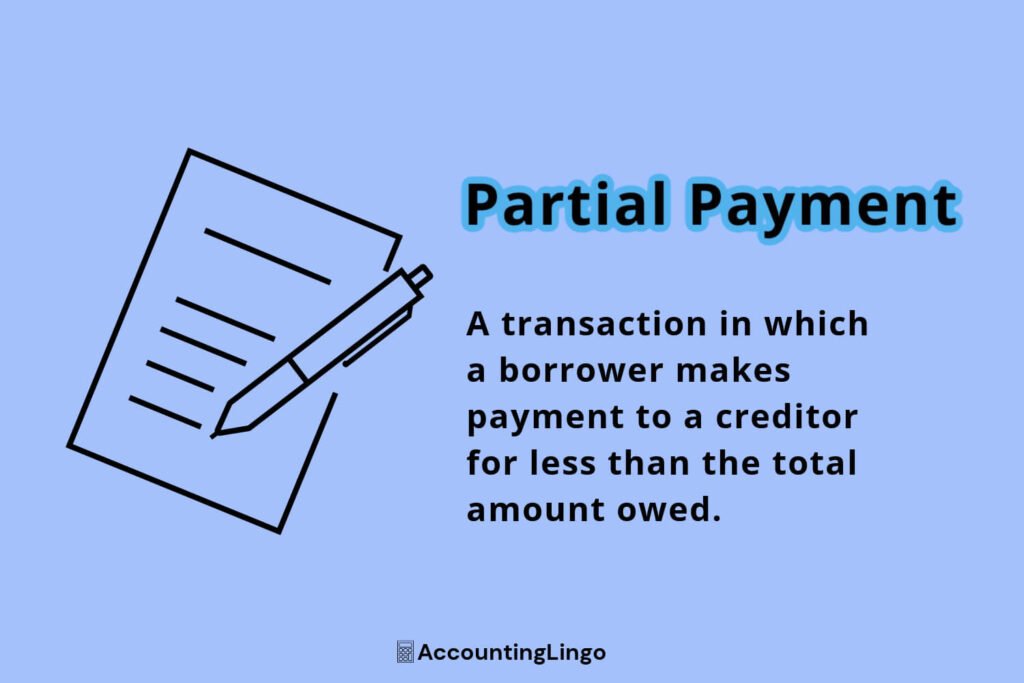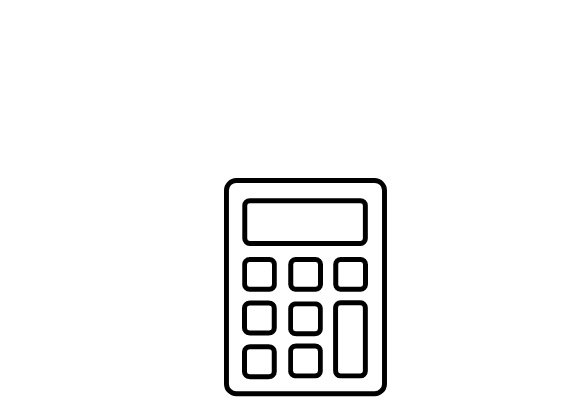
What is a Partial Payment?
A partial payment is a transaction in which a borrower makes payment to a creditor for less than the total amount owed.
“A payment of any amount less than the full amount due.” -Cornell Law School
Understanding a Partial Payment
Partial payments generally relate to a borrower’s liabilities. These payment types are common among individuals and organizations throughout the course of business. Furthermore, they could be described as a portion of the total amount owed.
Partial payments are also known as:
- Up-front payments
- Installment payments
- Down payments
- Minimum payments
- Net 50 payments
- Contra payments
Lenders do not deem partial payments to be late payments if terms of repayment have already been agreed upon. Agreements are commonly in the form of installment arrangements such as an installment note and commonly include grace periods.
Reasoning Behind a Partial Payment
It is common to make partial payments for a variety of reasons. An individual building a home may elect to pay the builder by use of partial payments instead of making full payment up front. Therefore, this allows the individual more control over the transaction as they inspect the builder’s work and disburse partial payments throughout the building process.
Businesses also utilize partial payments for various reasons. A company purchasing a large piece of machinery may elect to pay for the item over a 12-month period instead of making full payment up-front. In addition, the business may also decide to update their office furniture and choose to make a 50% payment upon order and the final 50% upon delivery if allowed by the creditor.
Partial payments provide borrowers more control over their assets and the ability to retain capital for other purposes.
Examples
Scenarios involving this type of payment include:
- Sally needs new windows for her home and selects All Star Windows as the contractor to update her windows. They quote her $10,000 to complete the job and require a 10% down payment to begin. Therefore, Sally makes a partial payment of $1,000 (10%) to begin the job.
- Jack decides to buy his next-door neighbor’s used car for $5,000. The neighbor agrees to accept a payment of $3,000 if Jack makes the remaining $2,000 payment by year end.
- After purchasing a new home with a loan Monica decides to make her monthly mortgage payment of $3,000 in two parts. On the 15th of each month, she makes a partial payment of $1,500 and the 30th of each month she makes the remaining payment of $1,500.
Additional Resources
Similar concepts relating to this term:
